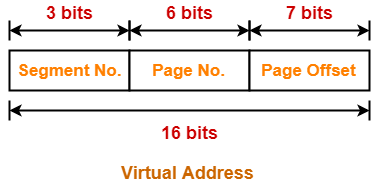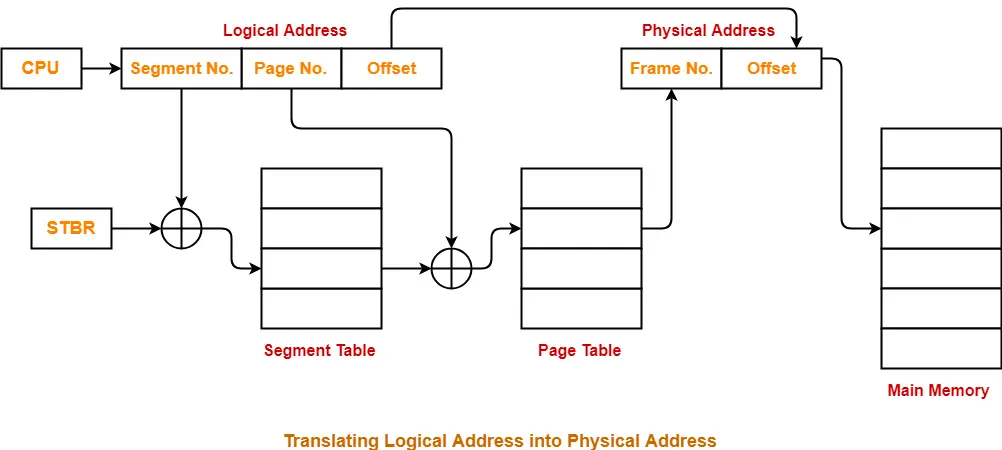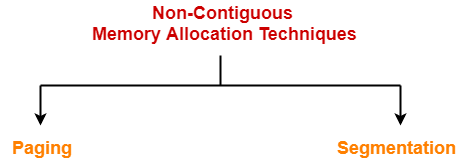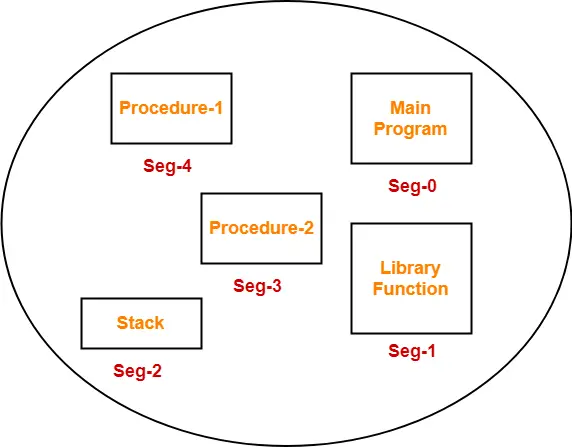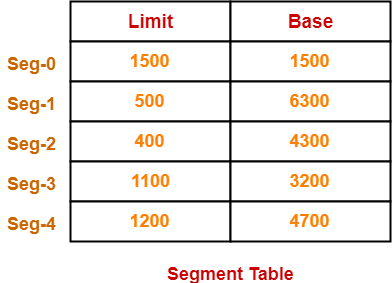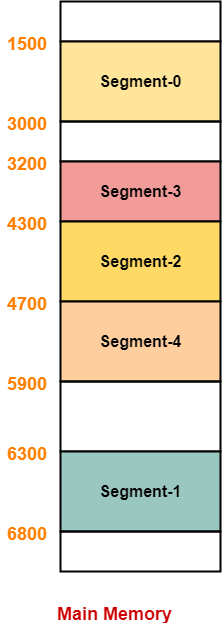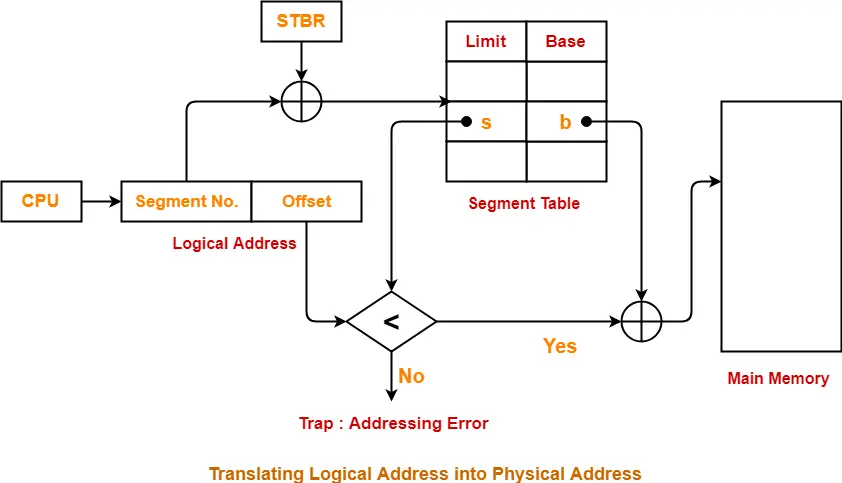Paging in OS-
Before you go through this article, make sure that you have gone through the previous article on Paging in OS.
We have discussed-
- Paging is a non-contiguous memory allocation technique.
- Page Table keeps track of the frames storing the pages of the process.
Overhead in Paging-
In paging scheme, there are mainly two overheads-
1. Overhead of Page Tables-
- Paging requires each process to maintain a page table.
- So, there is an overhead of maintaining a page table for each process.
2. Overhead of Wasting Pages-
- There is an overhead of wasting last page of each process if it is not completely filled.
- On an average, half page is wasted for each process.
Thus,
Total overhead for one process
= Size of its page table + (Page size / 2)
Optimal Page Size-
Optimal page size is the page size that minimizes the total overhead.
It is given as-

Also Read- Important Formulas Of Paging
Proof-
Total overhead due to one process
= Size of its page table + (Page size / 2)
= Number of entries x Page table entry size + (Page size / 2)
= Number of pages the process is divided x Page table entry size + (Page size / 2)
= (Process size / Page size) x Page table entry size + (Page size / 2)
Now,
For minimum overhead,

Keeping process size and page table entry size as constant, differentiating overhead with respect to page size, we get-
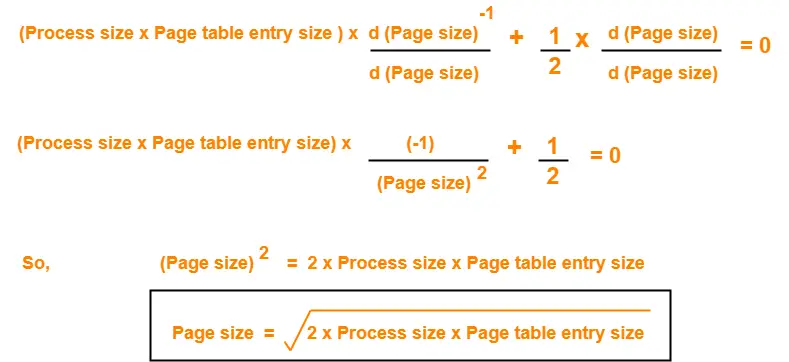
This page size minimizes the total overhead.
PRACTICE PROBLEMS BASED ON OPTIMAL PAGE SIZE-
Problem-01:
In a paging scheme, virtual address space is 4 KB and page table entry size is 8 bytes. What should be the optimal page size?
Solution-
Given-
- Virtual address space = Process size = 4 KB
- Page table entry size = 8 bytes
We know-
Optimal page size
= (2 x Process size x Page table entry size)1/2
= (2 x 4 KB x 8 bytes)1/2
= (216 bytes x bytes)1/2
= 28 bytes
= 256 bytes
Thus, Optimal page size = 256 bytes.
Problem-02:
In a paging scheme, virtual address space is 16 MB and page table entry size is 2 bytes. What should be the optimal page size?
Solution-
Given-
- Virtual address space = Process size = 16 MB
- Page table entry size = 2 bytes
We know-
Optimal page size
= (2 x Process size x Page table entry size)1/2
= (2 x 16 MB x 2 bytes)1/2
= (226 bytes x bytes)1/2
= 213 bytes
= 8 KB
Thus, Optimal page size = 8 KB.
Problem-03:
In a paging scheme, virtual address space is 256 GB and page table entry size is 32 bytes. What should be the optimal page size?
Solution-
Given-
- Virtual address space = Process size = 256 GB
- Page table entry size = 32 bytes
We know-
Optimal page size
= (2 x Process size x Page table entry size)1/2
= (2 x 256 GB x 32 bytes)1/2
= (244 bytes x bytes)1/2
= 222 bytes
= 4 MB
Thus, Optimal page size = 4 MB.
Next Article- Practice Problems On Paging in OS
Get more notes and other study material of Operating System.
Watch video lectures by visiting our YouTube channel LearnVidFun.
